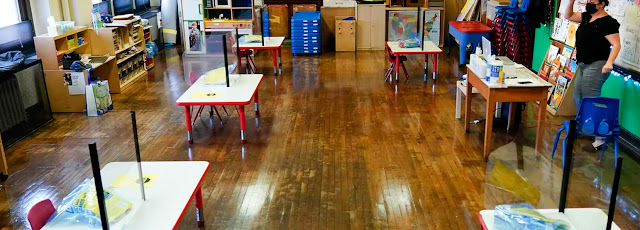 |
| Former president Donald Trump hosted a rally for J.D. Vance in Ohio on April 23. (Getty Images photo by Drew Angerer) |
 |
| Silas House (Photo by C. Williams) |
House told Kruse, “It’s my job to read any piece of literature or view any media coming out of the region. It’s my job to analyze it and think about what are the intentions of this piece? What is the historical and cultural context of this piece of media? Are some of these stereotypes just coming out of ignorance, or are they intentional?"
That's how the interview ended, but here's more from House: “If it had just been a memoir, it would be a powerful piece of writing and it would be his own proof. But the problem is it is woven through with dog whistles about class and race, gender. And if your ears are attuned to those dog whistles, you know exactly what he’s saying. . . . The whole reason so many people responded to that book to help them understand the rise of Trump is because in a way it gave them exactly what they were looking for: easy answers instead of really complicated historical answers. And that’s why I think it’s so disingenuous and dangerous because it’s not true. . . . He, ever since Hillbilly Elegy, has always embodied Trumper ideas, even before there was such a thing. . . .
“I think it’s so telling that this book was pushed as an Appalachian narrative when this man is two generations removed from Appalachia. This is a Rust Belt story, but Appalachian stories, Appalachian literature, is its own genre. In early cinema, one of the most popular movie genres was 'hillbilly movies.' We still have a genre of horror that’s very popular called 'hillbilly horror.' So there’s a market there, in a different way, for the idea of the hillbilly, more than there is for the idea of the Rust Belt. So that alone is manipulative in that it’s sold as an Appalachian story or a hillbilly story, and if you read the book, you realize that hardly any of it is set in Appalachia.”









